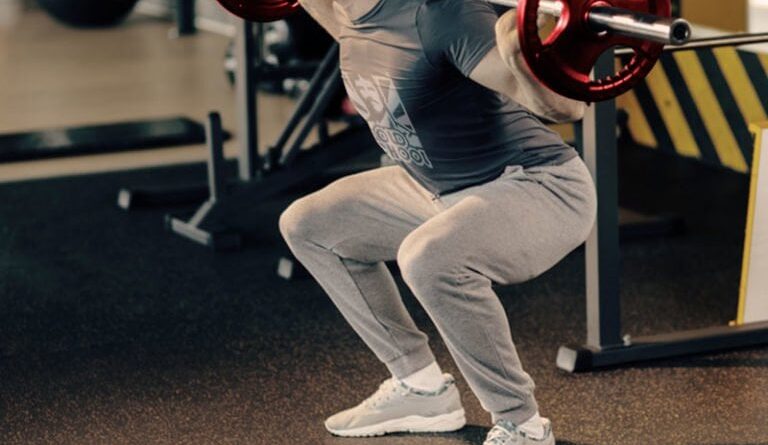Squats are one of the most effective exercises for building strength and muscle mass in the lower body. They come in various forms, with the high-bar squat and low-bar squat being two of the most popular variations. While both exercises are effective, they differ in their bar placement, technique, and the muscles they target. In this article, we will compare high-bar v/s low-bar squats and help you determine which one is best for you.
High-Bar Squats:
The high-bar squat is a squat variation that involves placing the barbell on the upper traps, just below the base of the neck. This positioning allows for a more upright torso and greater emphasis on the quadriceps muscles.
How To Do A High-bar Squat:
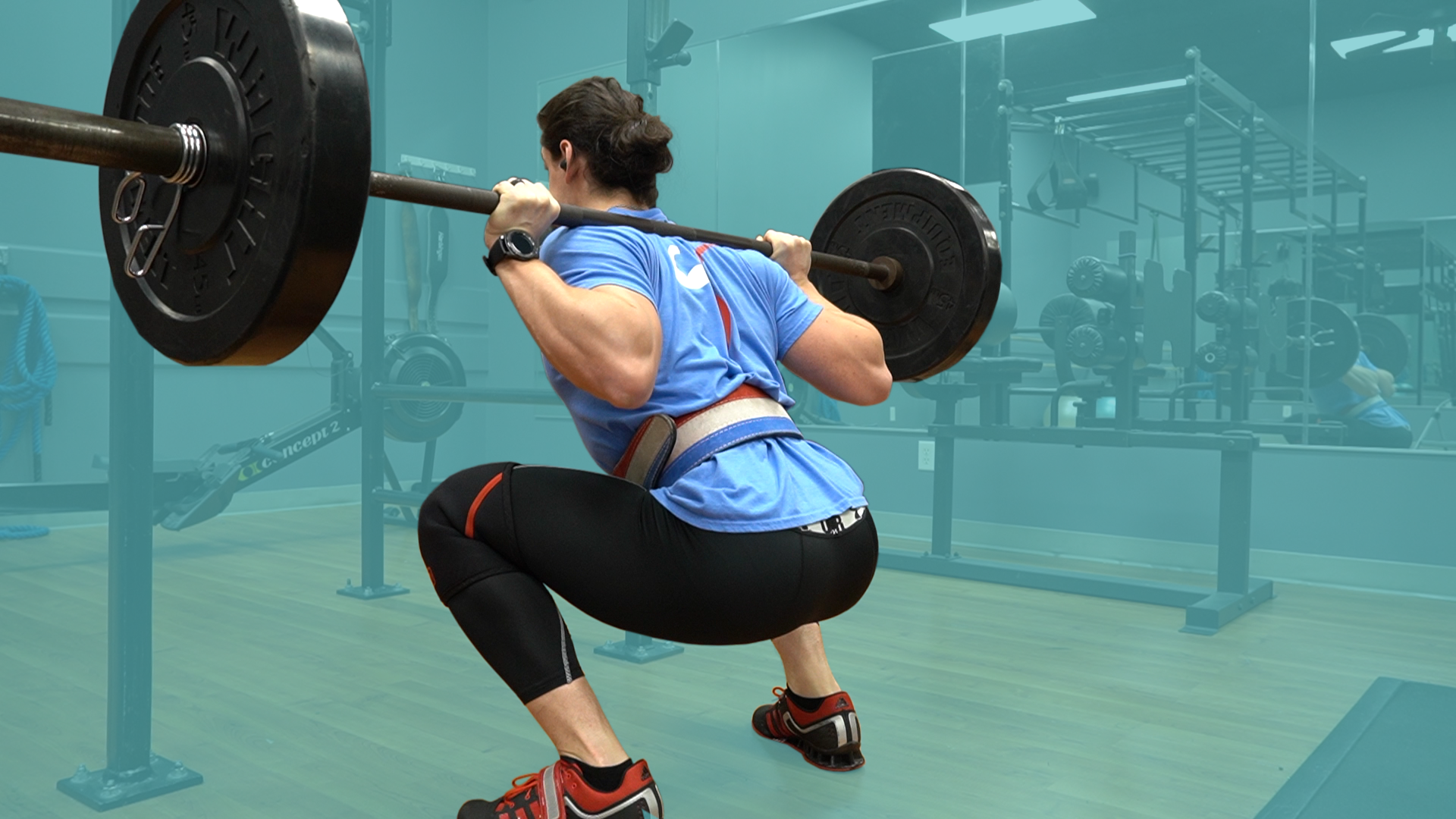
source: pinterest.com
Begin by setting up your barbell on a squat rack or power cage. To perform the high-bar squat, start by selecting a challenging weight that allows for proper form. Stand facing the bar and position it on the upper part of your trapezius muscle, just below the base of your neck. Keep your elbows pointed down and your wrists neutral as you grip the bar with both hands.
Before beginning the exercise, take a deep breath and brace your core for stability. With both hands still on the bar, carefully lift it off the rack and take a step or two back to ensure you have enough space to perform the exercise safely.
Next, stand with your feet shoulder-width apart and your toes slightly pointed outward. As you initiate the squat, ensure that your weight is distributed towards your heels while your knees are in line with your toes. This is a solution for maintaining proper form.
Descend until your thighs are parallel to the ground or lower, then pause briefly before pushing through your heels to stand back up. Exhale as you reach the top while moving. Lock out your hips and knees.
Benefits of High Bar Squats
Now that you know how to perform a high-bar squat and the differences between high-bar and low-bar squats, let’s take a closer look at some of the benefits they can offer.
Builds Quadriceps Strength
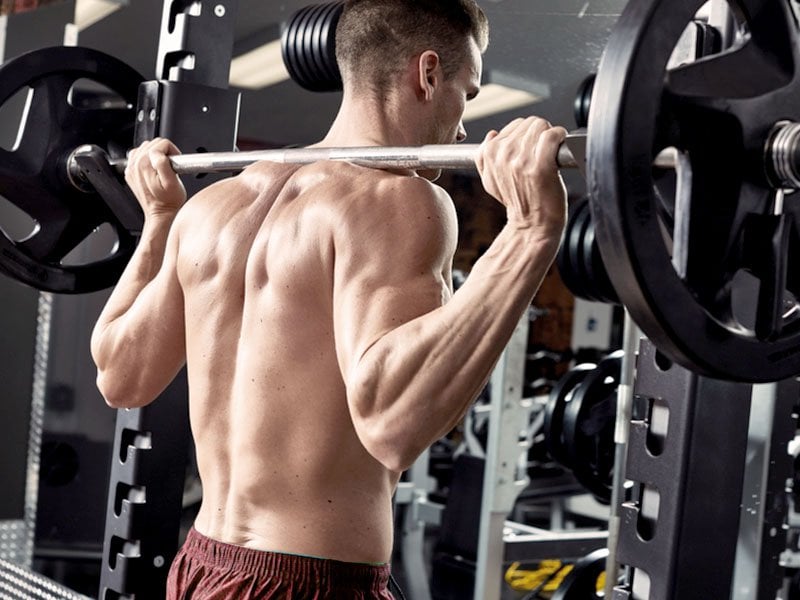
source: pinterest.com
The high-bar squat places greater emphasis on the quadriceps muscles than the low-bar squat, making it an excellent choice for anyone looking to build stronger, more defined quads. If you’re looking to build muscle mass in your thighs and increase your lower body strength, high-bar squats are an ideal exercise.
Improves Mobility
It requires greater ankle, knee, and hip mobility than the low-bar squat, which can help improve your overall flexibility and range of motion. By performing high-bar squats regularly, you can improve your mobility and reduce your risk of injury when performing other exercises.
Builds Core Strength
By engaging your core muscles to maintain an upright torso throughout the movement, the high-bar squat can help strengthen your abs, obliques, and lower back muscles. A strong core is essential for overall strength and fitness, and incorporating high-bar squats into your workout routine can help you achieve this.
Has Carryover to Other Exercises
They can help improve your overall leg strength and power, which can translate to other exercises like deadlifts, cleans, and snatches. If you’re looking to increase your strength and power in multiple areas, high-bar squats are an excellent exercise to include in your routine.
Increases Athleticism
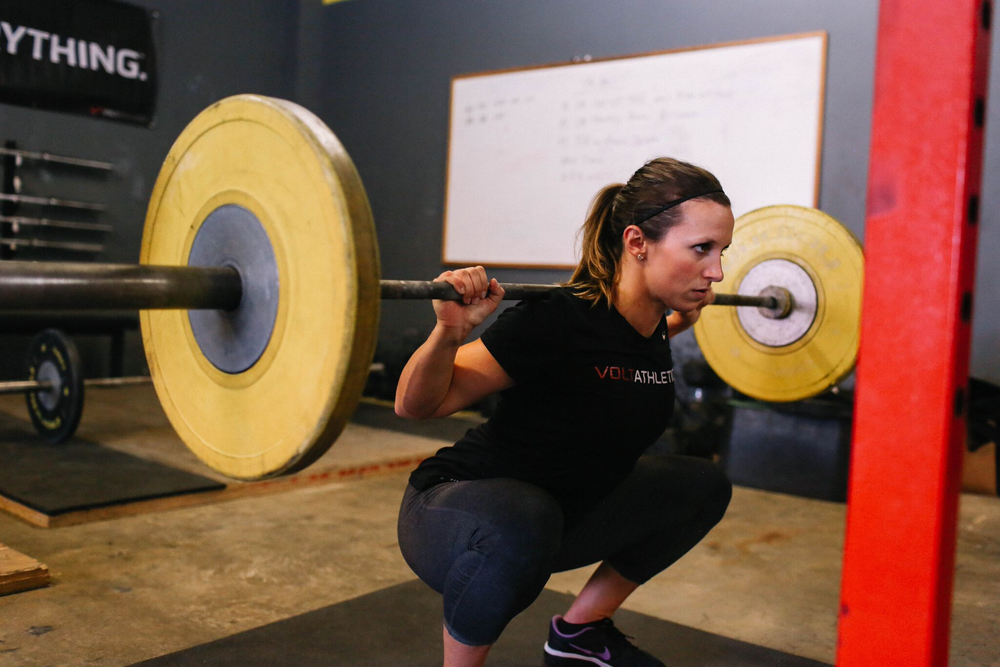
source: pinterest.com
Building leg strength and power through high-bar squats can also translate to improved performance in sports like basketball, soccer, and football. Strong legs are essential for jumping, running, and changing directions quickly, and high-bar squats can help you achieve this.
Low-Bar Squats:
The squat low bar involves placing the barbell lower on the back, just above the rear deltoids. This positioning requires a more forward lean and emphasizes the posterior chain muscles, including the glutes, hamstrings, and lower back.
Here’s How To Perform A Squat Low Bar:
Begin by setting up your barbell on a squat rack or power cage. Choose a weight that is comfortable for you.
Stand facing the bar and position it on the shelf created by your rear deltoids. Grip the bar with both hands, keeping your elbows pointed down and your wrists neutral.
Engage your core muscles through deep breathing. With both hands still on the bar, carefully lift it off the rack and step back a few paces to ensure you have enough space to perform the exercise safely.
With your feet, shoulder-width apart and your toes pointed slightly outward, initiate the squat by bending your hips and knees simultaneously. Ensure that your weight is primarily on your heels and that your knees are tracking over your toes throughout the movement.
Descend until your thighs are below parallel, then pause briefly before pushing through your heels to stand back up. Exhale as you reach the top of the movement and lock out your hips and knees.
Which One Should You Choose?
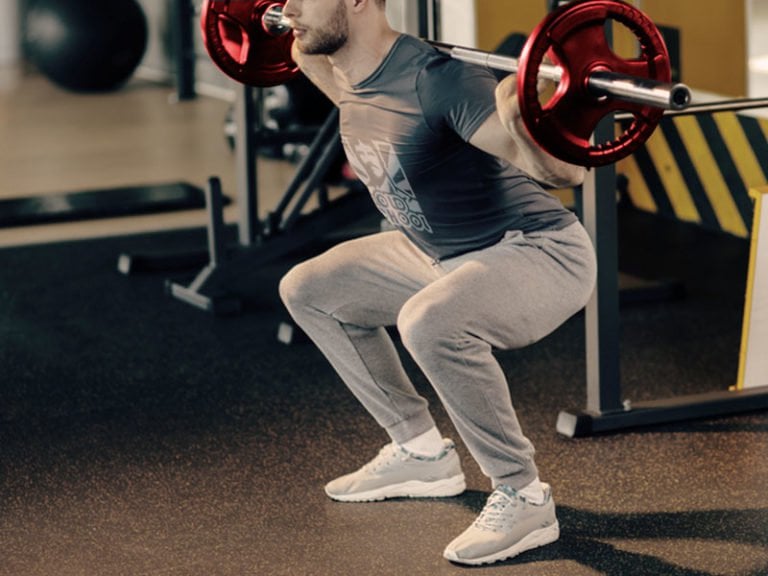
source: pinterest.com
Now that we’ve taken a closer look at both the high-bar and low-bar squats, you may wonder which one is right for you. The truth is, the answer depends on your goals and individual needs.
If you’re looking to build stronger, more defined quads and improve your overall athleticism, the high-bar squat may be the better choice for you. This exercise places greater emphasis on the quadriceps muscles, which can help you develop more power and explosiveness in your legs. It also requires greater ankle, knee, and hip mobility, which can improve your overall flexibility and range of motion.
On the other hand, if you’re looking to lift heavier weights and focus more on your posterior chain muscles, the low-bar squat may be the way to go. This variation places the bar lower on your back, which allows you to maintain a more forward-leaning torso and put more emphasis on your glutes, hamstrings, and lower back muscles.
It’s important to note that both exercises can be effective for building strength and improving your overall fitness level. Ultimately, the best squat variation for you will depend on your individual goals and body type.
Tips for Safe and Effective Squatting
No matter which squat variation you choose, it’s important to prioritize safety and proper form. Here are some tips to keep in mind:
- Start with a lighter weight and focus on mastering your form before increasing the load.
- Tighten your core and maintain a straight back throughout the movement.
- Distribute your weight towards your heels while keeping your knees in line with your toes.
- Position your feet shoulder-width apart. Angle it slightly outward to help you maintain balance.
- If you experience any pain or discomfort during the movement, stop immediately and consult a qualified fitness professional.
At The Bottom Line
In conclusion, both the high-bar and low-bar squats are effective exercises for building strength and improving your overall fitness level. By understanding the differences between these variations and choosing the one that’s best for your goals and individual needs, you can take your squatting game to the next level and achieve your fitness goals.

